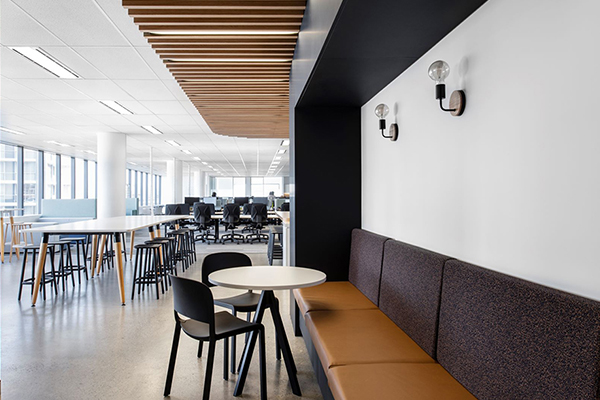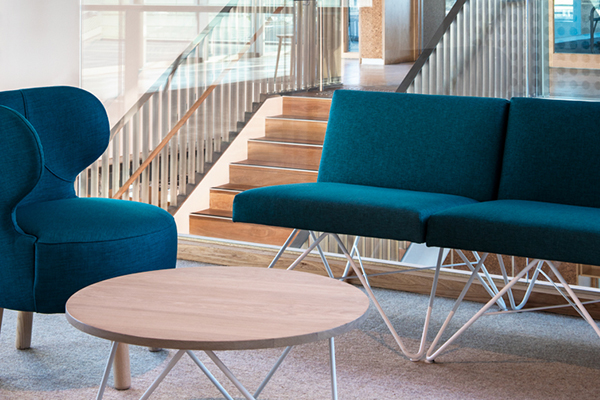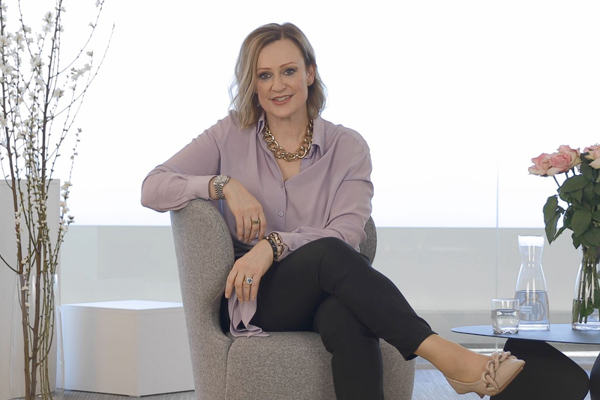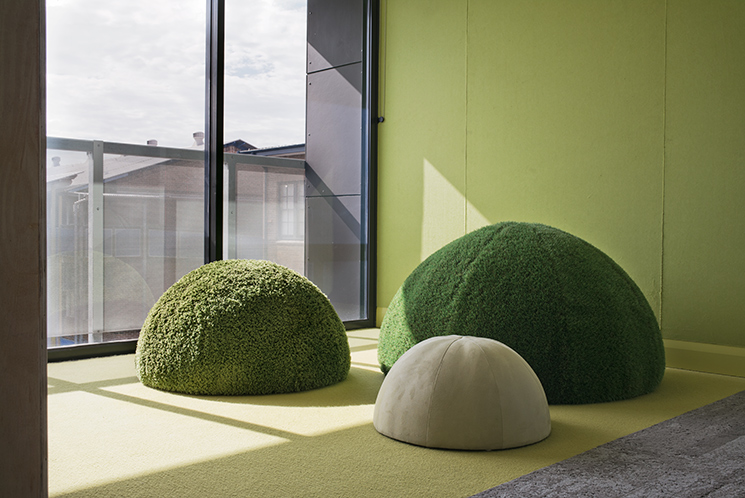
The classroom is in a constant state of flux – and this is putting students at an advantage. Far from traditional static teaching methods, modern educators are embracing flexible furniture to improve the student experience. While digital learning is on the rise, it is the physical classroom itself that we are seeing the most dramatic changes. In contrast to the rigid classroom styles of days gone by, Australian classrooms are adopting modern, flexible furnishings that encourage collaboration, interactivity and curiosity.
Flexible spaces are essential for an inclusive classroom, and the research supports this notion. In fact, a study by the University of Wollongong found that flexible learning spaces enabled an increase in collaboration between students, less teacher-led instruction, the development of life skills, and increased participation in hands on learning.

Custom Fly Chair by Konfurb with wheel base and desk for MLC School.
These benefits to students are only possible by overhauling the traditional classroom. No longer can teachers make children sit at their individual desks, facing the chalkboard, and expect them to adapt to this new learning model. The ‘traditional approach’ to teaching relied on the educator being an intimidating figure, revolving around textbooks, siloed classes and in some cases, repetitional learning techniques. Play-based activities or mentally stimulating tasks like projects were merely an added extra, not the norm.
These days, however, we’re seeing a major push towards inquiry-based learning. The purpose is to integrate a variety of key learning areas together rather than simply teaching every subject separately. Whereas in the past there would have been a separate science, geography and history unit, now educators are looking at how they can mesh those areas together through inquiry-based learning projects.
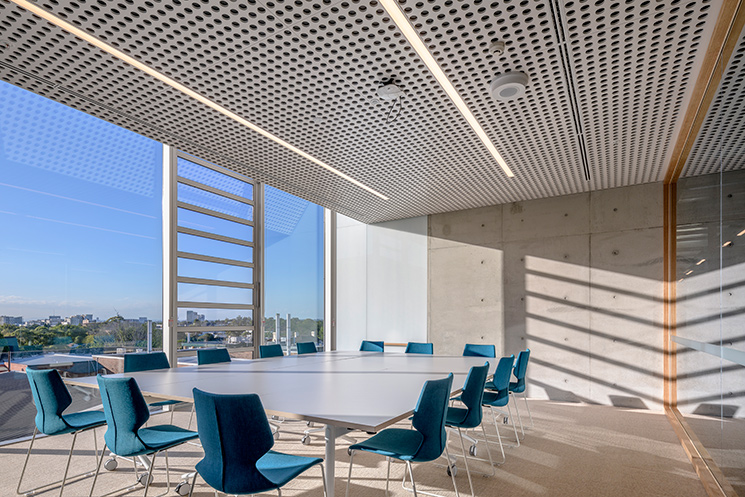
Folding Okidoki Table by Thinking Works and Fly Chairs by Konfurb for MLC School
In order to adapt to these new ways of teaching and learning, furniture and classroom settings must conform to a learning environment that encourages communication and collaboration. When it comes to the furnishings required for dynamic learning, versatility is a critical factor. In the past, static desks and chairs were unable to cater for the range of different activities that a modern learning environment demands. So for truly flexible learning to occur, classrooms must adopt furniture that can be configured in a variety of ways – quickly and easily.
For early and primary level schools, in particular, the furniture and shelving must be accessible for the children. This allows them to self-manage and encourages independence in their own learning. Autonomous children have been found to better manage themselves within the classroom and utilise the available resources. The classroom can be constantly reimagined with product like durable modular ottomans and soft seating, designed to work together harmoniously in a highly flexible system to create zones for both collaborative and introspective learning. Tables that can be rearranged in to different combinations can also improve the versatility of the classroom, tailoring the space to suit particular modes of learning and folding away when not in use.
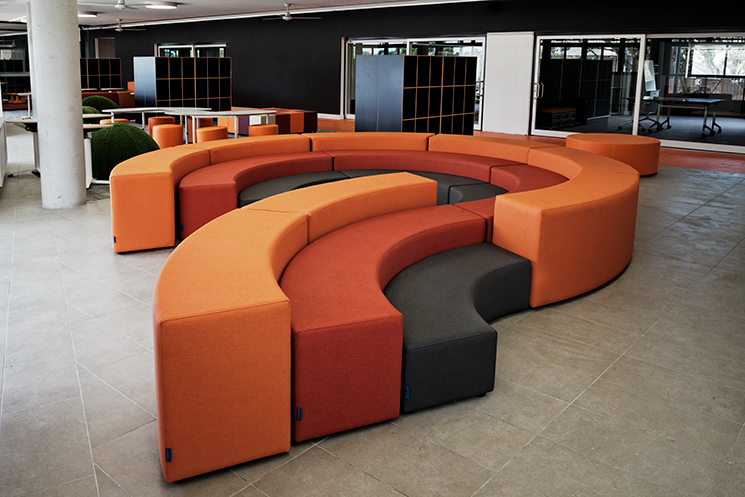
Quadrant Ottomans by Fineseat for a public school project
As ideologies constantly change for what is ‘best’ for education, a versatile classroom can evolve with the current pedagogy. Furniture designed to accommodate flexible, active learning will play a vital role in the school of the future, elevating the student experience, assisting their learning, their self-regulation, and their ability to work both independently and collaboratively.


